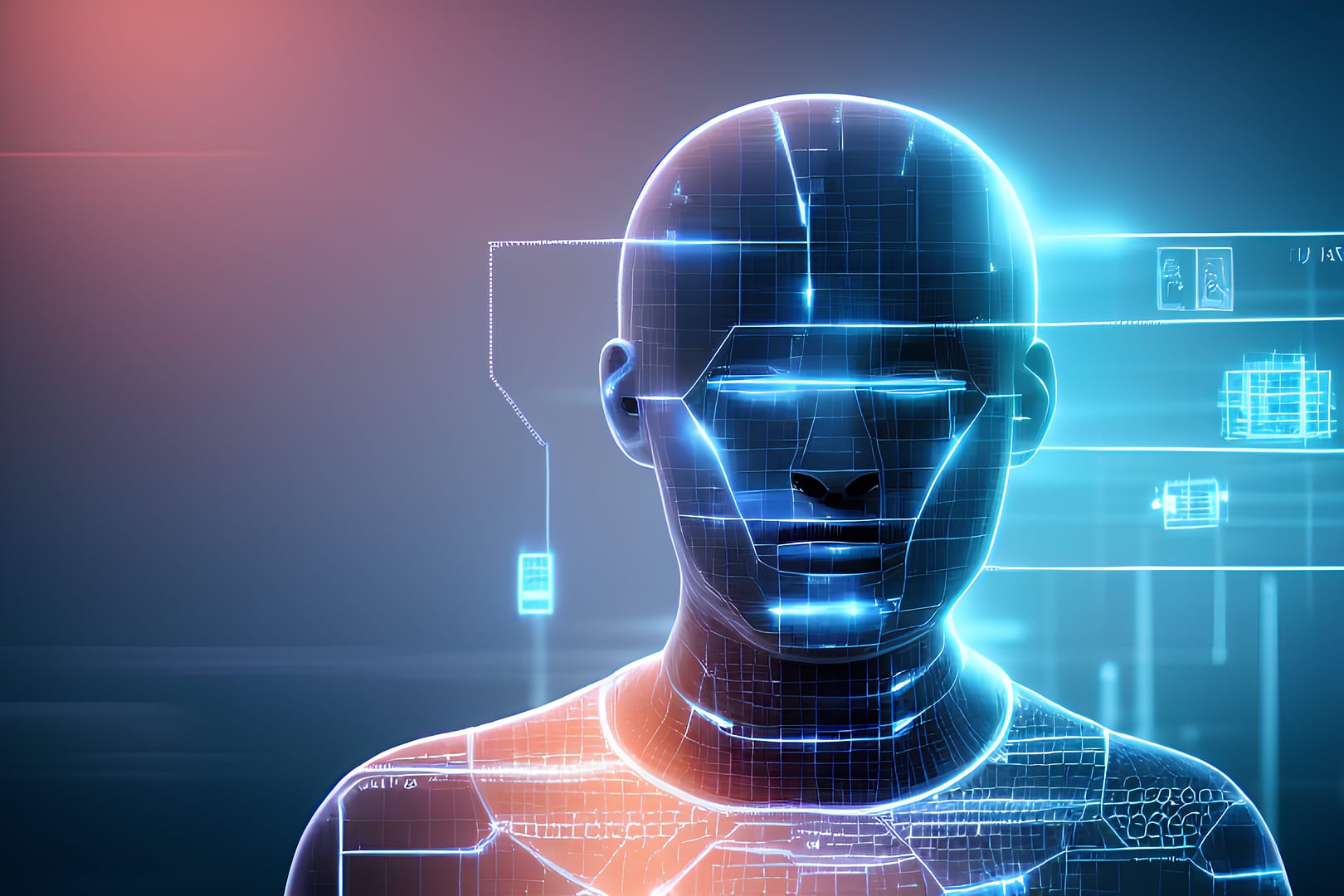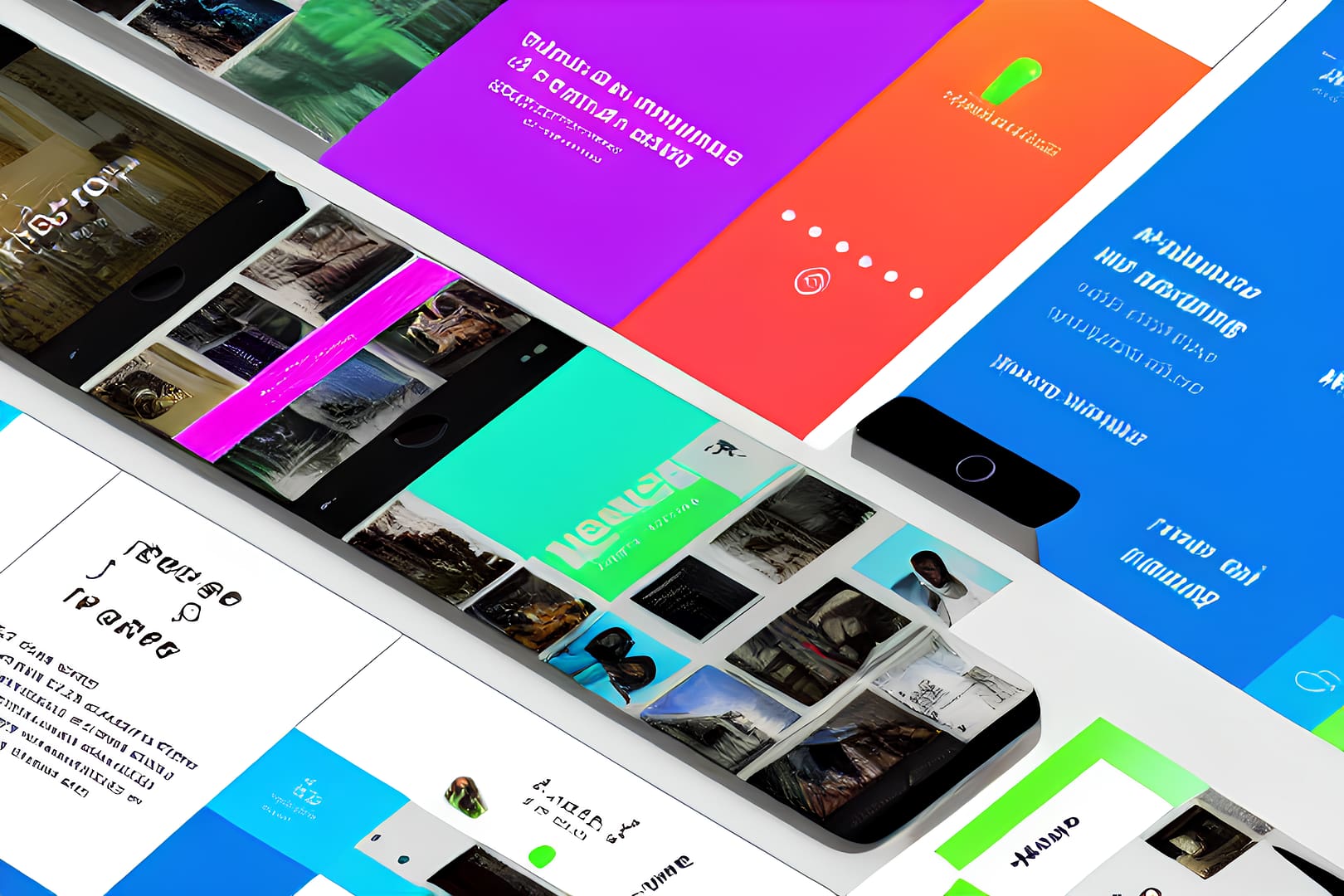XR (Extended Reality) technologies have the potential to revolutionize a variety of industries and change the way we interact with the world. XR encompasses virtual reality (VR), augmented reality (AR), and mixed reality (MR) technologies, which all allow users to experience and interact with virtual or simulated environments and objects.
Table of Contents
Overview of Extended Reality
- VR is a computer-generated simulation of a three-dimensional environment that can be interacted with in a seemingly real or physical way. VR technology is typically used for entertainment purposes, such as gaming and movies, but it has also been applied in other fields such as education, healthcare, and military training.
- AR is a technology that superimposes digital content onto the real world, creating a composite view of the two. AR applications can be experienced through a smartphone, tablet, or specialized AR headset. AR has a wide range of potential applications, including education, gaming, e-commerce, and advertising.
- MR, also known as hybrid reality, is a type of XR that combines elements of both VR and AR. In MR, digital content is seamlessly integrated into the physical world, creating a more immersive and interactive experience.
Definition and Explanation of AR (Augmented Reality)
Augmented reality (AR) is a type of XR technology that overlays digital information or interactive elements onto the real-world environment. This can be done using AR applications on a smartphone or tablet, or through the use of AR glasses or headsets.
Examples of AR technologies
- AR apps: AR apps use the camera on a smartphone or tablet to display digital information or interactive elements onto the real-world environment. Examples include Pokémon Go and Ikea Place.
- AR glasses: AR glasses are wearable devices that display digital information or interactive elements onto the wearer’s field of vision. Examples include Google Glass and the Microsoft HoloLens.
- AR headsets: AR headsets are similar to AR glasses but are typically more immersive and may include additional features such as sound or touch feedback. Examples include the Magic Leap and the Meta 2.
Definition and Explanation of VR (Virtual Reality)
Virtual Reality, or VR, is a technology that allows users to immerse themselves in a computer-generated environment. It is achieved using a headset, which is worn over the eyes, and hand controllers, which allow users to interact with the virtual world. VR can transport users to different worlds, whether real or imaginary, and can be used for a variety of purposes, such as gaming, education, and entertainment.
Examples of VR technologies
There are many different VR technologies on the market today. Some of the most popular include:
- Oculus Rift: Developed by Oculus VR, the Oculus Rift is a headset that uses high-resolution displays and sensors to provide a realistic VR experience. It is often used for gaming, but also has applications in education and entertainment.
- HTC Vive: The HTC Vive is another popular VR headset that uses sensors to track the movements of the user’s head and hand controllers. It allows users to walk around and interact with the virtual environment in a more immersive way.
- PlayStation VR: The PlayStation VR is a headset designed specifically for use with the PlayStation 4 console. It has a range of games and experiences available, making it a popular choice for gaming.
Definition and Explanation of MR (Mixed Reality)
Mixed reality (MR) is a type of technology that combines the physical and digital worlds to create a new and immersive experience. Unlike virtual reality (VR), which completely immerses the user in a simulated environment, MR allows the user to interact with both virtual objects and the real world at the same time. This allows for a more seamless integration of digital elements into the user’s physical environment. MR technologies include both augmented reality (AR) and holographic displays, which allow for the projection of digital images onto the real world.
Examples of mixed reality (MR) technologies
- HoloLens: Developed by Microsoft, the HoloLens is a wearable mixed reality device that allows users to see and interact with virtual objects in the real world. It is equipped with advanced sensors and cameras that enable it to map the user’s environment and overlay virtual objects onto it.
- Magic Leap: Magic Leap is a mixed reality company that has developed a headset called the Magic Leap One, which allows users to see and interact with virtual objects in the real world. The device uses advanced optics and a unique approach to mixed reality called “Digital Lightfield,” which creates the illusion of three-dimensional objects in the real world.
- Nreal Light: The Nreal Light is a mixed reality headset that is designed to be lightweight and portable. It allows users to see and interact with virtual objects in the real world, and also has the ability to stream video content from the internet.
- Meta 2: The Meta 2 is a mixed reality headset that allows users to see and interact with virtual objects in the real world. It uses advanced optics and sensors to create a high-resolution mixed reality experience and includes hand-tracking technology that enables users to manipulate virtual objects with their hands.
- VIVE Pro Eye: The VIVE Pro Eye is a mixed reality headset developed by HTC. It allows users to see and interact with virtual objects in the real world and includes eye-tracking technology that enables users to control the headset and interact with virtual objects using their gaze.
Use Cases for XR in Various Industries
- Gaming: XR technologies have revolutionized the gaming industry by providing immersive and interactive experiences for players. In virtual reality, players can enter a fully realized digital world and interact with it using VR headsets and controllers. Augmented reality allows players to overlay digital elements onto the real world, creating new levels of gameplay. Extended reality combines both virtual and real elements, allowing players to seamlessly switch between the two. These technologies have been used in a wide range of games, from first-person shooters to puzzle games.
- Education: XR technologies have also been used in education to enhance the learning experience. In virtual reality, students can visit simulated locations and environments, such as historical sites or distant planets, without ever leaving the classroom. Augmented reality can be used to bring digital content, such as 3D models or interactive diagrams, into the physical world. Extended reality can be used to create interactive lessons and simulations. These technologies can make learning more engaging and interactive for students and can also be used to provide hands-on learning experiences that may not be possible in the real world.
- Healthcare: XR technologies have the potential to transform the healthcare industry by improving patient care and training for medical professionals. In virtual reality, doctors can practice complex surgeries in a safe and controlled environment before performing them on real patients. Augmented reality can be used to provide real-time information and guidance during procedures. Extended reality can be used to create interactive patient education materials. These technologies can also be used to provide remote consultations and support for patients in remote or underserved areas.
- Entertainment: XR technologies have also been used in the entertainment industry to create new and innovative experiences for audiences. Virtual reality has been used to create immersive concerts and theme park rides. Augmented reality has been used to create interactive experiences at events and exhibitions. Extended reality has been used to create interactive movies and TV shows. These technologies have the potential to revolutionize the way we consume and interact with entertainment.
- Other industries: XR technologies have been applied to a wide range of industries beyond gaming, education, and healthcare. These technologies have been used in architecture, automotive, construction, fashion, military, and many other fields. The potential uses for XR, AR, and VR are vast and varied, and as the technologies continue to evolve, it is likely that they will be adopted by an ever-widening range of industries.
Advantages and Disadvantages of XR
XR technologies all come with their own set of advantages and disadvantages. Some of the pros of using XR include:
- Enhanced immersive experiences: XR technologies allow users to fully immerse themselves in a digital environment, making it feel more realistic and engaging. This can be especially useful for gaming and entertainment purposes, as well as for training and simulations in certain industries.
- Increased productivity and efficiency: By providing a digital platform for tasks and activities, XR technologies can help users work more efficiently and effectively. For example, in the healthcare industry, doctors can use VR to practice surgeries or other procedures before performing them on real patients.
- Improved accessibility: XR technologies can provide access to experiences and information that may not be otherwise accessible, such as virtual field trips for students or virtual reality therapy for patients with disabilities.
However, there are also some drawbacks to consider when using XR technologies:
- Cost: technologies can be expensive to develop and implement, especially for businesses and organizations.
- Health and safety concerns: Some users may experience motion sickness or other negative side effects when using XR technologies, especially if the technology is not properly designed or used for an extended period.
- Dependence on technology: XR technologies rely on digital devices and platforms, which means that users may become dependent on these technologies and may struggle to adapt to non-digital environments.
Conclusion
XR technologies offer immersive and interactive experiences that can improve training, communication, and collaboration in a way that was previously unimaginable. However, there are still challenges to be addressed, such as the cost and accessibility of hardware and software. Despite these challenges, XR will continue to play a significant role in the future and will likely become increasingly integrated into our daily lives. As XR technology continues to advance and become more widely available, it will be interesting to see the creative and innovative ways in which it is utilized in different fields and industries.



